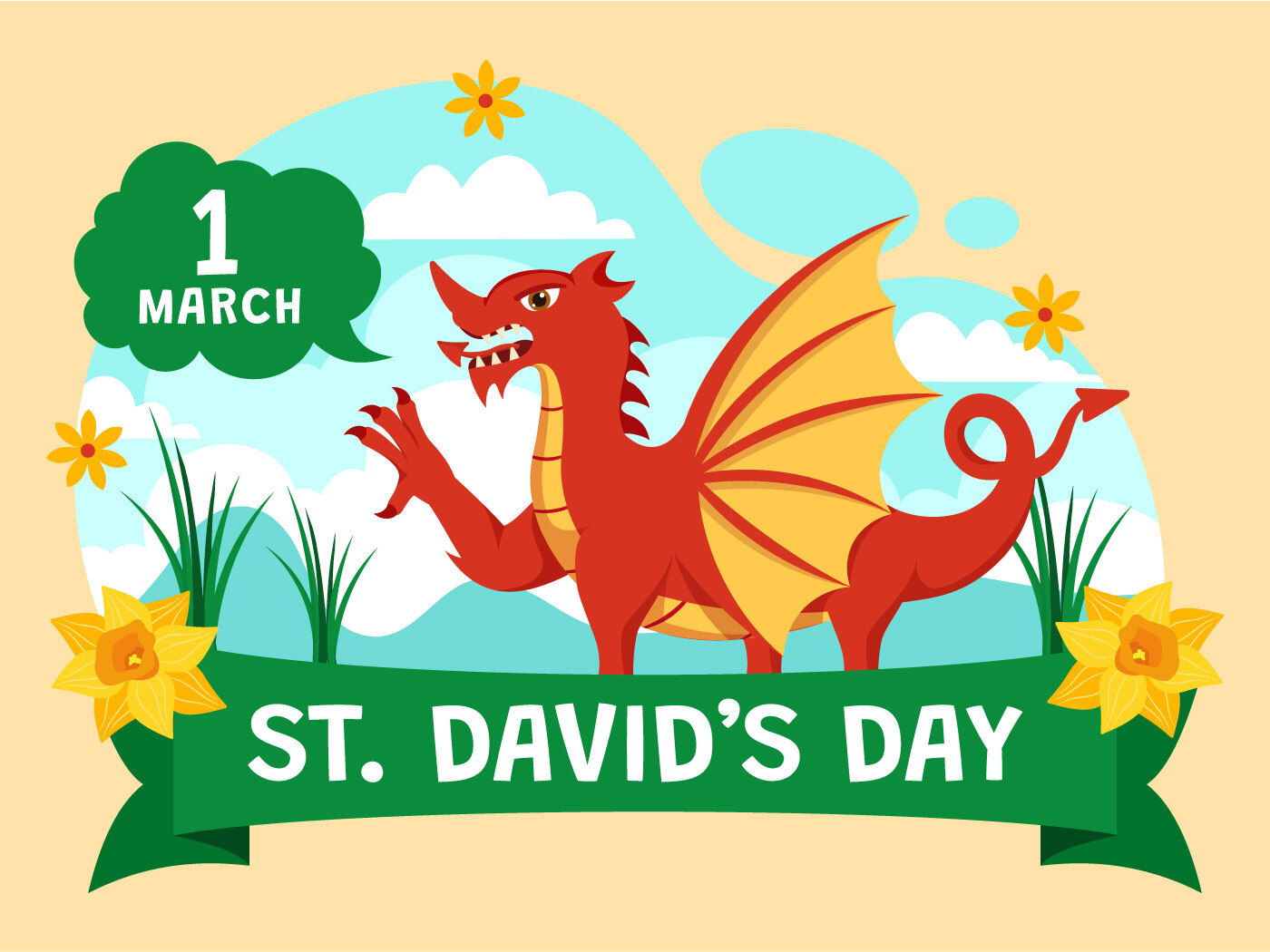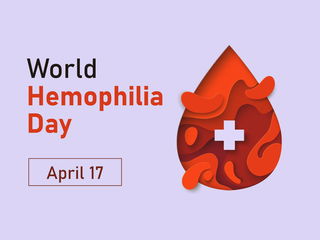- Calendar
- Calendar 2026
- March
- Saint David's Day
Saint David's Day
March 1 marks St. David’s Day, a special day dedicated to the patron saint of Wales.
Though not an official public holiday, it is a deeply cherished occasion where Welsh communities worldwide come together to honor their patron saint.
The day is marked by vibrant parades, traditional music, and cultural performances, with symbols like the daffodil and leek proudly displayed. Schools and towns hold special events, and many enjoy traditional Welsh dishes such as cawl and bara brith in celebration of their rich heritage.

Complete History of St. David's Day
Early Life and Background
St. David is believed to have been born around the year 500 near St. Bride’s Bay in Pembrokeshire, Wales. He was the grandson of Ceredig ap Cunedda, a king of Ceredigion.
According to legend, his mother, St. Non, gave birth to him on a Pembrokeshire clifftop during a fierce storm, a site now marked by the ruins of Non’s Chapel and a nearby holy well said to have healing powers. His birth was apparently prophesized by an angel.
Religious Contributions and Miracles
St. David was a devout Christian who founded several religious centers, including one at Glyn Rhosyn (present-day St Davids). He lived an austere life, abstaining from meat and often consuming only water and leeks.
His teachings emphasized simplicity and faith, encapsulated in his last words: "Be joyful, keep the faith, and do the little things." This phrase, "Gwnewch y pethau bychain mewn bywyd (Do the little things in life)," remains a cornerstone of Welsh culture.
He is also remembered for miraculous deeds, including a famous event where the ground beneath him rose into a hill, allowing him to be seen and heard by a large crowd during a sermon. His reputation for piety and miracles earned him sainthood in 1120, and his shrine in St David's Cathedral became a prominent pilgrimage site in medieval Wales.
In 1120, Pope Callistus II canonized David as a saint, and he was subsequently declared the patron saint of Wales. His influence was profound, with many pilgrimages made to his cathedral in St Davids, Pembrokeshire.
How is St. David's Day Celebrated
On March 1, schools, communities, and cultural societies across Wales come alive with festivities.
- Traditional parades, such as the National St. David's Day Parade in Cardiff, feature music, performances, and even dragon displays.
- Children wear Welsh national costumes, including tall black hats and shawls, while others proudly don Wales’s emblems: the daffodil and the leek. The daffodil symbolizes hope and spring, while the leek is rooted in ancient traditions and was supposedly worn by Welsh soldiers in battle.
- The small city of St Davids in Pembrokeshire holds its own celebrations, including a vibrant dragon parade and community gatherings.
Interesting Facts about Saint David
- Saint David and his monks lived a simple land, ploughed the land by hand not using any animals.
- He never ate meat or consumed alcohol. In fact, he was known as "Dewi Ddyfrwr" (David the Water Drinker) because he only drank water.
- It is said that he advised Welsh soldiers to wear leeks in their helmets to distinguish themselves in battle.
- In medieval times, two pilgrimages to St Davids were considered equivalent to one to Rome.
You might like to read these articles next:

Other Celebrations
-
Feb 14 Fri
-
May 02 Fri
-
Jul 03 Thu
-
Jul 12 Sat
-
Sep 21 Sun
-
Nov 02 Sun

Saint David's Day - Next years
Monday, 01 March 2027
Wednesday, 01 March 2028
Thursday, 01 March 2029











